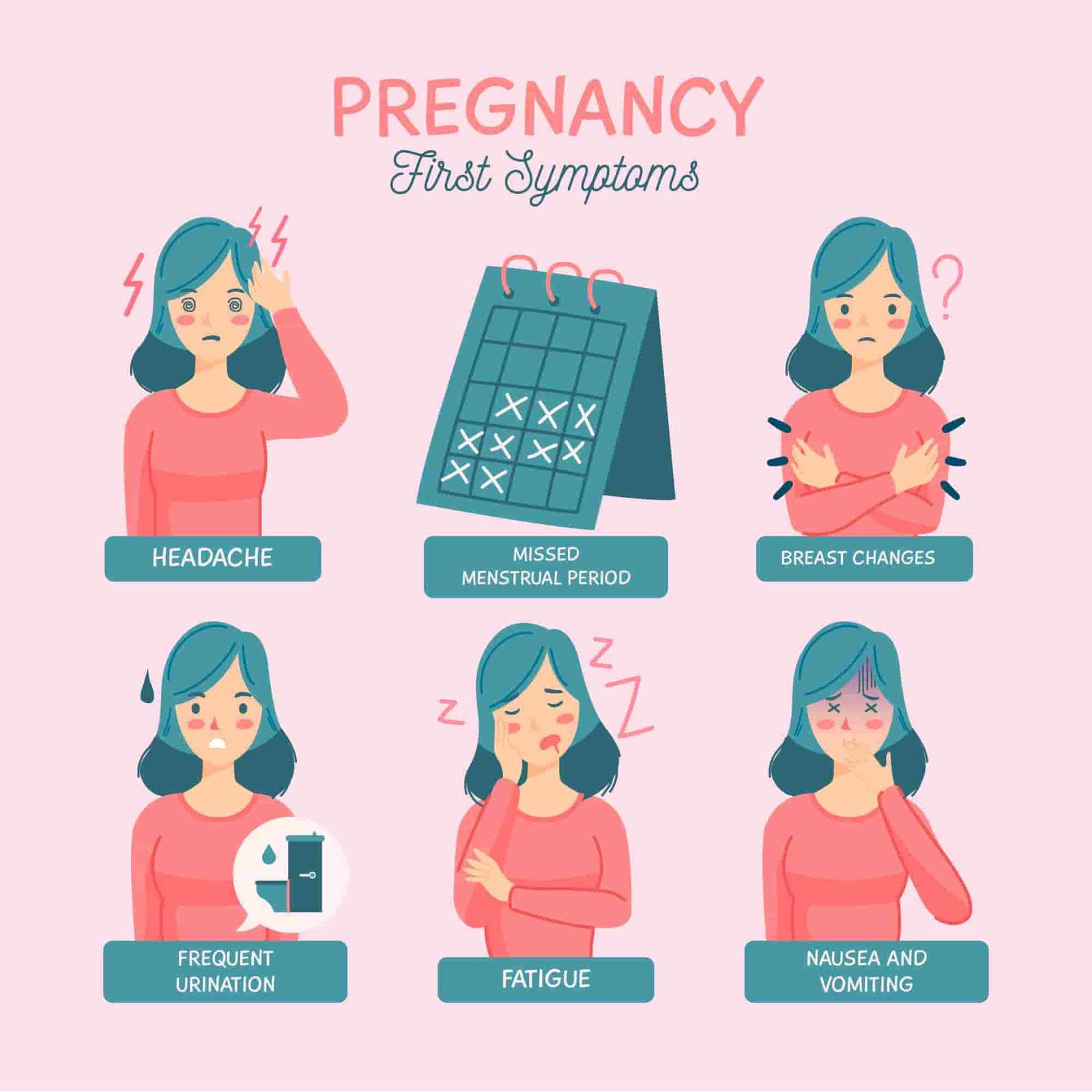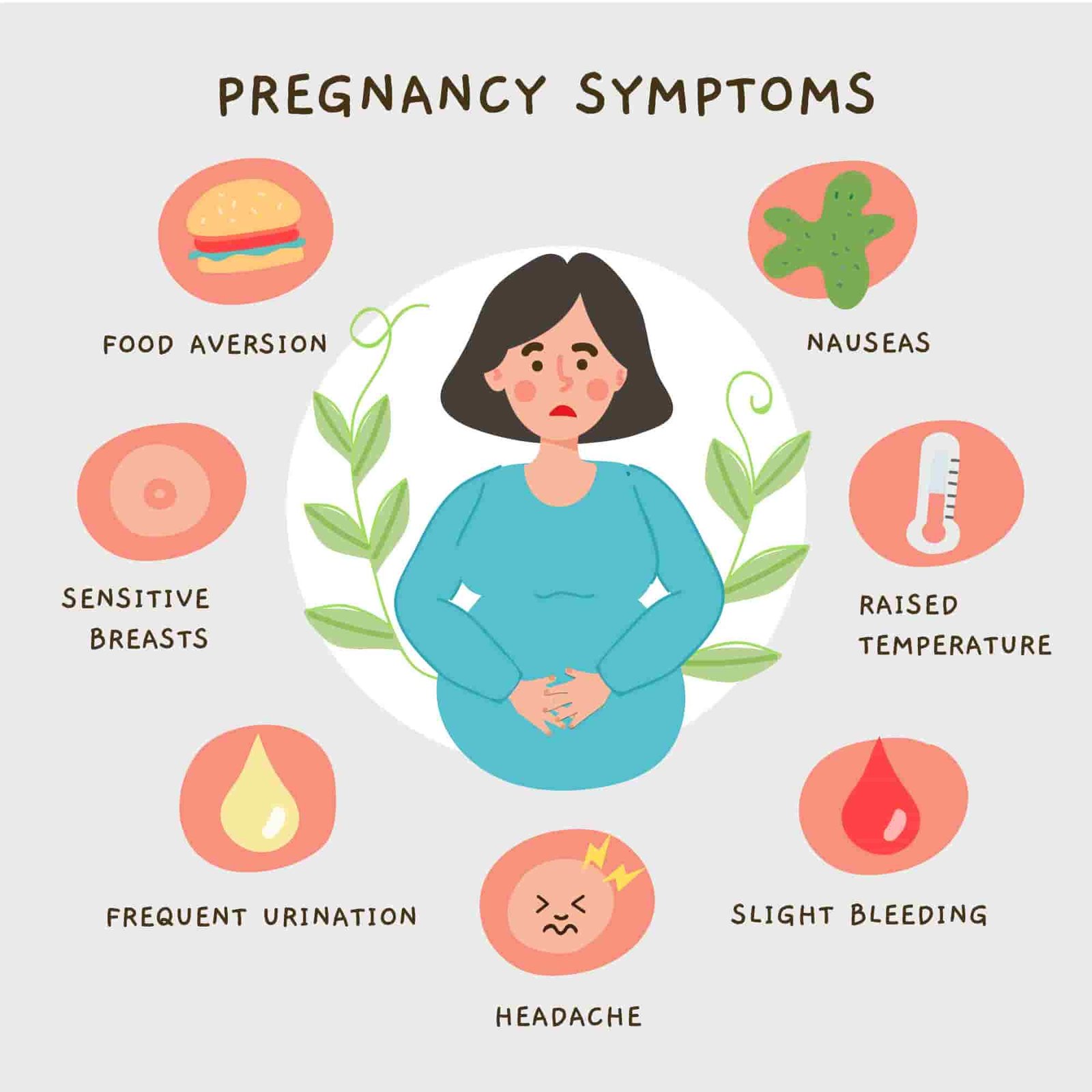Introduction Pregnancy Symptoms: Day by Day
The journey of pregnancy is unique and fascinating, filled with remarkable physical and emotional changes. From the very first day of conception until birth, a woman’s body undergoes dramatic shifts that can be quite overwhelming. This article aims to shed light on what to expect during pregnancy, the symptoms that arise day by day, and their significance.
Weeks 1-4: The Early Signs
During the first weeks after conception, many women remain unaware that they are pregnant. However, some might notice subtle changes.
- Missed period: This is often the first sign of pregnancy, typically happening around four weeks after conception.
- Spotting: Some women may experience light spotting or implantation bleeding as the embryo embeds itself in the uterus.
- Breast changes: Hormonal fluctuations might lead to tender, swollen breasts.
- Fatigue: Increased levels of progesterone can result in tiredness or fatigue.
- Morning sickness: Although it’s more common from week 6 onwards, some women might experience nausea or vomiting earlier.
Weeks 5-8: Pregnancy Symptoms Intensify
As pregnancy progresses into the second month, the symptoms usually become more apparent.
- Nausea and vomiting: Often referred to as “morning sickness,” it can occur at any time of the day and varies in severity among different women.
- Increased urination: The growing uterus can put pressure on the bladder, resulting in more frequent urination.
- Food cravings or aversions: Many pregnant women experience sudden preferences or dislikes for specific foods.
- Mood swings: Hormonal changes can cause emotional ups and downs.
Weeks 9-13: First Trimester Comes to an End
The final weeks of the first trimester may bring some relief from early pregnancy symptoms.
- Reduced nausea: For many women, the intensity of morning sickness begins to diminish.
- Glowing skin: Some expectant mothers may notice an improved complexion due to increased blood volume and oil gland secretion.
- Increased energy: Many women experience a boost in their energy levels as they approach the second trimester.
Weeks 14-27: The Second Trimester
The second trimester is often considered the “golden period” of pregnancy as most of the initial discomforts wane.
- Baby bump: An expanding uterus results in a visible baby bump.
- Feeling baby movements: Between 18 to 25 weeks, women might start to feel their baby move, known as “quickening.”
- Stretch marks: As the belly expands, many women notice stretch marks on their abdomen, thighs, and breasts.
- Backache: The additional weight can put pressure on the back, leading to discomfort or pain.
Weeks 28-Birth: The Third Trimester
The final stretch of pregnancy comes with its own set of unique experiences.
- < strong>Shortness of breath: As the baby grows and takes up more space, some women may feel short of breath.
- Braxton Hicks contractions: These “practice” contractions prepare the body for labor.
- Nesting instinct: Many women experience a strong urge to prepare their home for the new baby.
Conclusion
Pregnancy is a profound and transformative journey, marked by daily changes and symptoms that can be as exciting as they are challenging. It’s crucial to remember that each woman’s experience is unique, and there is a wide range of normal when it comes to pregnancy symptoms. Understanding these symptoms and what to expect can help ease any anxieties and prepare for the journey ahead.








